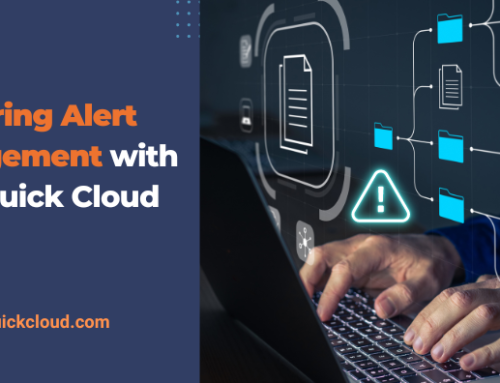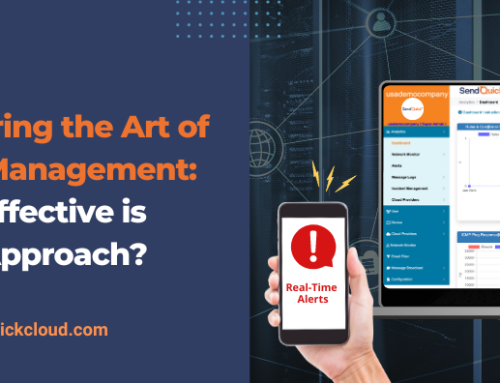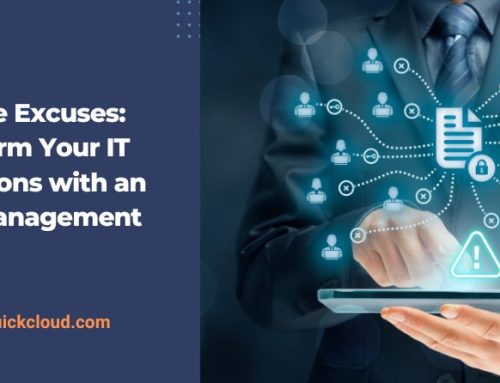With the increasing trend of multi-cloud adoption, IT alerting has become a critical aspect of infrastructure management. IT alerting is the process of monitoring and receiving notifications about the state of various IT systems, including cloud infrastructure.
In the age of multi-cloud, IT teams face unique challenges when it comes to alerting, which can significantly impact their ability to provide effective support to the business. In this article, we will discuss the challenges of IT alerting in the multi-cloud era and the opportunities to overcome them.
Challenges of IT Alerting in Multi-Cloud
Complexity: One of the biggest challenges of IT alerting in multi-cloud environments is complexity. IT teams must monitor multiple cloud environments, including public and private clouds, and maintain a unified view of the entire infrastructure. This requires a high degree of expertise and can be time-consuming, as different cloud platforms may have different alerting mechanisms.
Lack of Visibility: Multi-cloud environments can lead to a lack of visibility into the infrastructure, making it challenging to detect issues in real-time. This can result in IT teams missing important alerts and potentially causing critical outages.
Integration Issues: Integrating different cloud environments and alerting systems can be a challenge for IT teams. This can result in alerts being missed or duplicated, leading to confusion and increased response times.
Cost: Multi-cloud environments often result in increased costs, as IT teams must invest in different tools and services to monitor and alert on each cloud platform.
Opportunities in IT Alerting in Multi-Cloud
Centralized Alerting: By centralizing alerting, IT teams can have a unified view of the entire infrastructure, including multi-cloud environments. This allows teams to detect issues quickly and respond in real-time.
Automation: Automating alerting can help IT teams manage complexity and improve response times. Automated alerting can help teams detect issues in real-time and reduce the risk of human error.
Integrating Tools and Services: IT teams can integrate different tools and services to improve visibility into the infrastructure, including cloud environments. This can help teams detect issues more quickly and reduce response times.
Cost Optimization: By using tools and services that support multiple cloud environments, IT teams can optimize costs and reduce the need for multiple investments in different tools and services.
Conclusion
IT alerting in the age of multi-cloud presents significant challenges, but also opportunities for IT teams to improve the management of their infrastructure. By centralizing alerting, automating processes, and integrating tools and services, IT teams can improve visibility, reduce response times, and optimize costs.
SendQuick Cloud is a centralized notification management platform for the Cloud. It works with public cloud services to monitor systems, applications, services and network and flags up issues to your staff on duty. As multi-cloud adoption continues to grow, it is important for IT teams to be proactive in addressing the challenges and opportunities of IT alerting. This ensures that their alerting systems are able to keep pace with the growth of their infrastructure and keep their systems running smoothly.
Interested to try out SendQuick Cloud? Get your free trial at https://www.sendquickcloud.com today!




